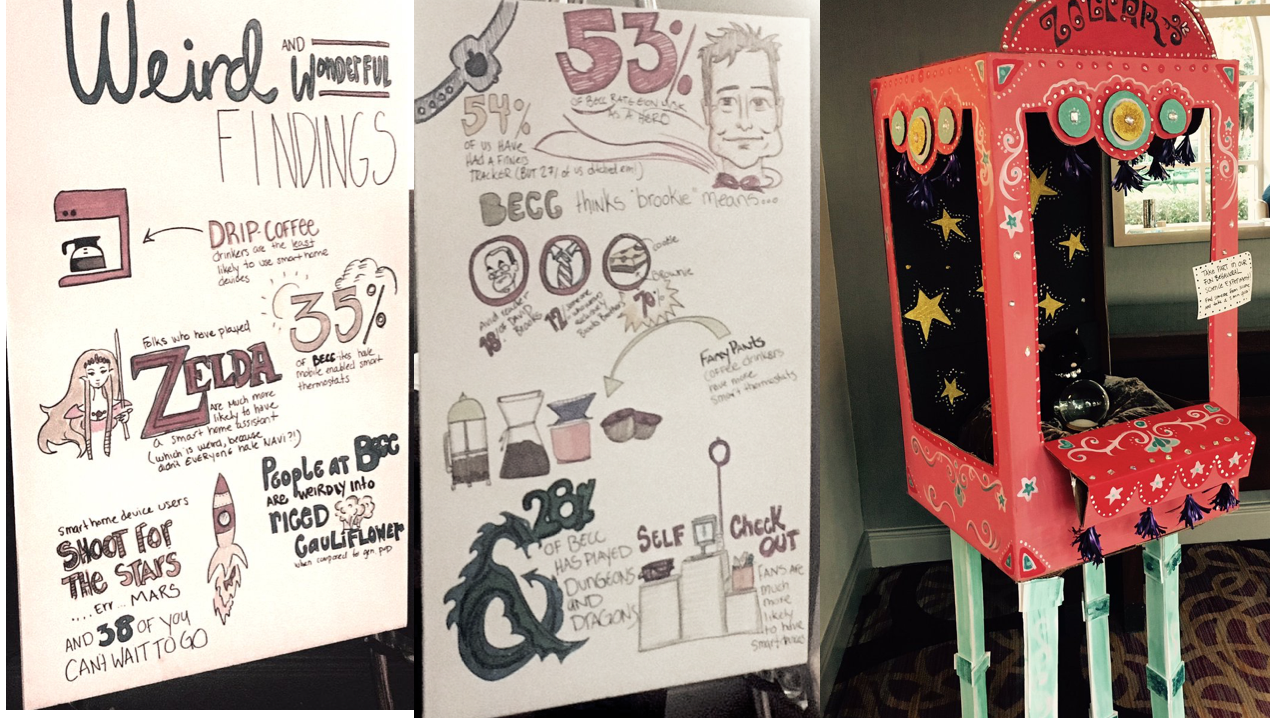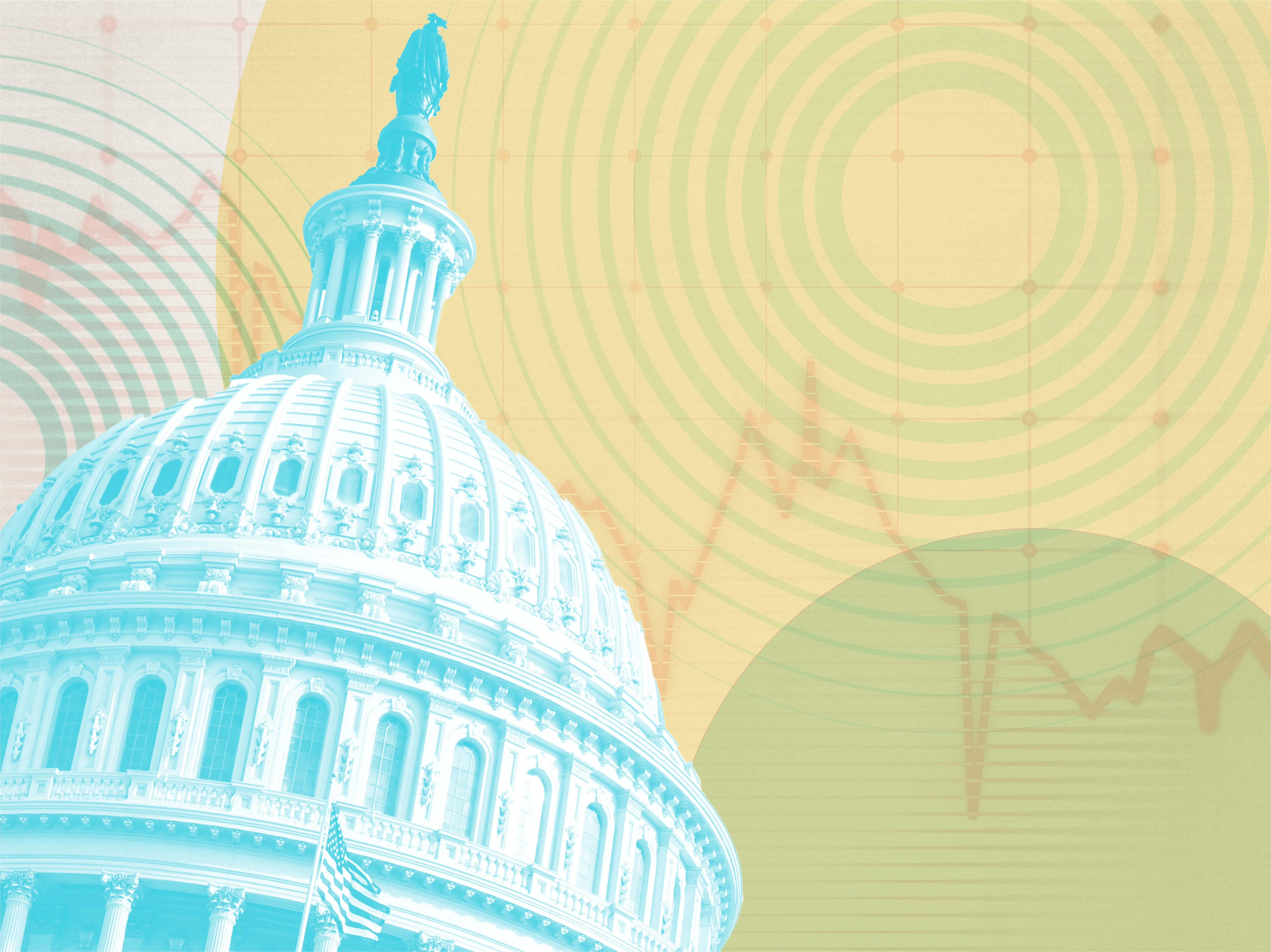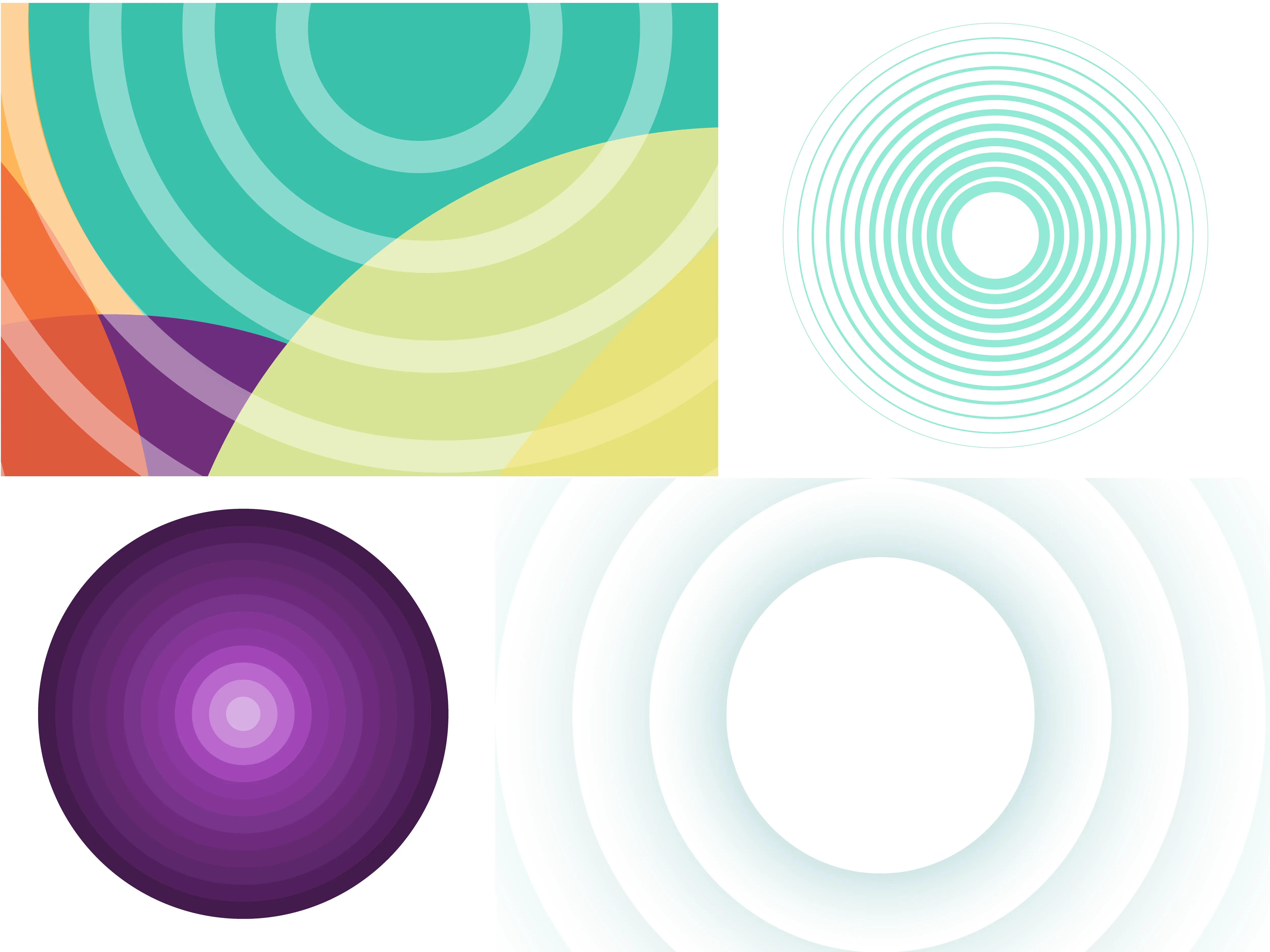Recently, ILLUME attended the Behavior, Energy, And Climate Change conference (BECC 2017) armed with a glittery fortune-telling box and iPads loaded up with strange survey questions about how people at BECC make their coffee and whether they play Dungeons and Dragons.
What could this possibly have to do with energy efficiency? Our Zoltar activity was designed to evoke the idea that while most of us aren’t fortune tellers, there are elegant approaches to improve marketing effectiveness that make it easier to find the right audience for energy efficiency programs and messaging – improving marketing effectiveness and adoption.

Machine learning is a buzzword that is widely used and poorly understood. To illuminate the value of this math, we grabbed our iPads and fortune-telling boxes and headed to BECC to see if we could predict whether BECC attendees have a home assistant or a smart thermostat using simple machine-learning techniques.
Leveraging seemingly unrelated questions such as whether they’ve played Zelda, whether they would book a ride on a space mission, or whether they have switched to mobile banking, we were able to build a predictive model around BECC attendees’ home technology use.
Using a dataset drawn from a sample of friends and family as the source of our machine’s intelligence, we developed and applied a predictive model to determine which BECC respondents had a Home Assistant or a Smart Thermostat. Our model then “clusters” people based on their response to our questions, we developed a series of probabilities that helps us determine, in the end, their purchase behaviors. Even more fun, we unearthed some interesting characteristics that defined each group so we could go about finding them again in the future.
What’s more, fun is that if they haven’t purchased a home assistant already, we know they are more likely than others to do so in the future.
This example is a relatively basic (and hopefully fun!) example of a single-stage machine learning approach to classifying people and predicting their behaviors. In practice, we’ve designed both simple and multi-stage approaches that help our clients better align their services and programs with those who are most likely to value them or act on them. We may not be fortune-tellers, but we love learning about – and trying to make sense of – human behavior!







